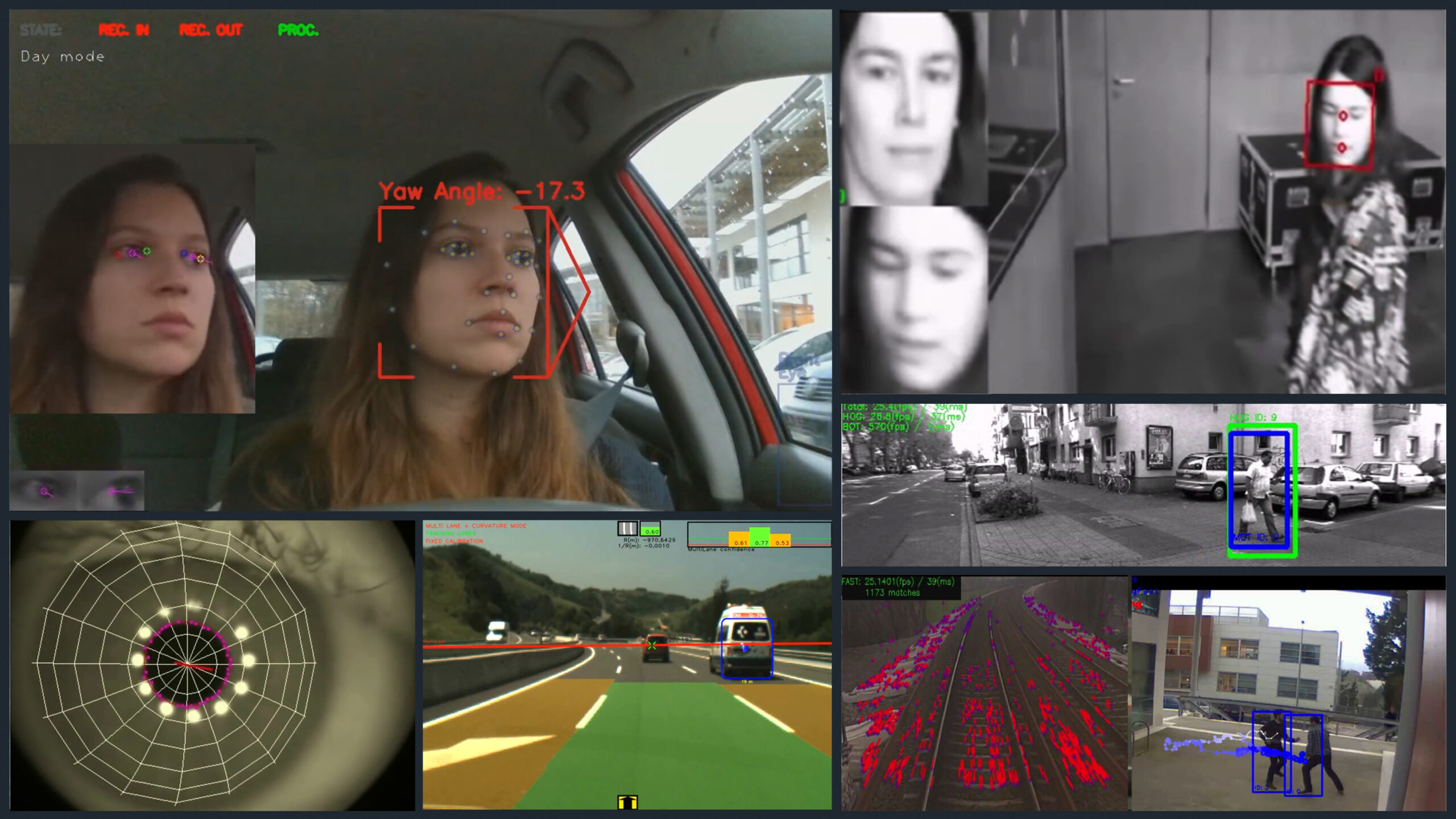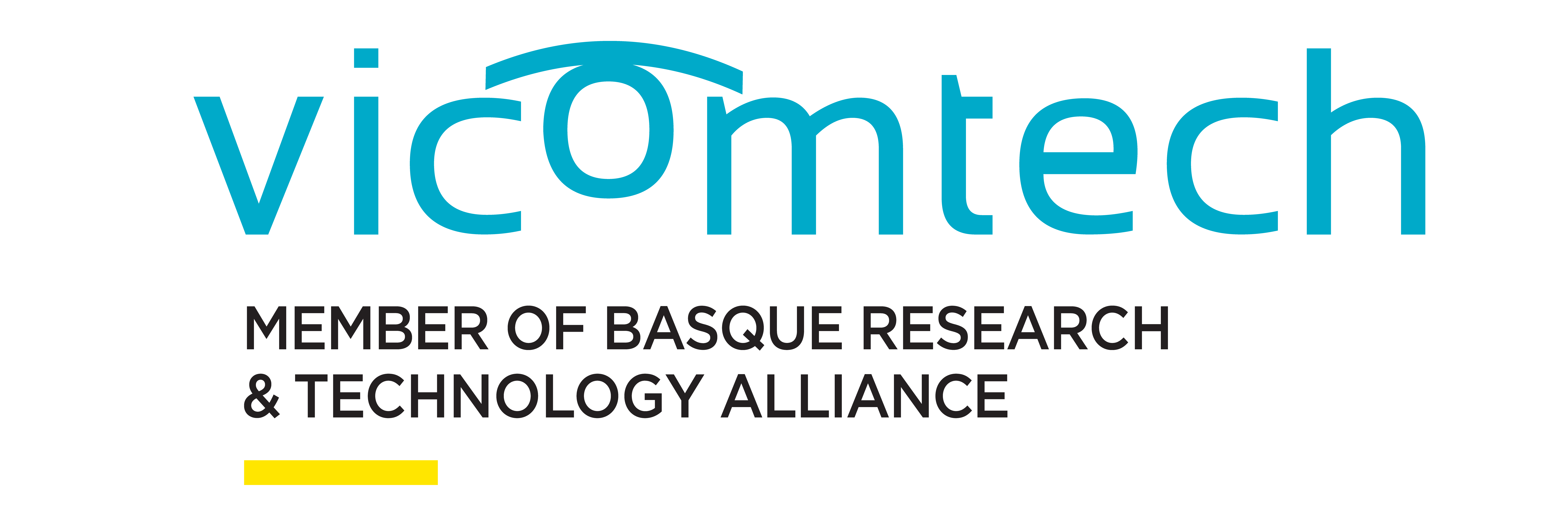NAME Denbora errealean irudiaren analisirako software (Viulib)

Viulib inspection Vicomtechena den Viulib® denbora errealean irudiaren tratamendurako liburutegiaren parte da. Viulib® liburutegiak ikusmen artifizialarekin lotuta dauden teknika eta algoritmo multzo handia biltzen du eta, elkarrekin, merkatuak irudiaren analisian oinarrituta eskatzen dituen ebazpenak ekiteko tresna eraginkor eta malgua osatzen dutelarik. Viulib inspection osagaien azaleko kalitatearen ikuskapenera edo 2D ikusmen artifizialeko teknikaren bidezko prozesuen kontrolera bideratuta dago. Viulib inspection-ek hardware materiala behar du irudiak edo datuak jasotzeko. Horretarako, Vicomtechek ikusmen artifizialeko banku ezberdinak ditu, baita robot bat ere, irudiak eta iluminazioa eskuratzeko zenbait ekiporekin hornitutakoak inspekzio zerbitzu ezberdinak betez. Viulib® liburutegiak, inspection inspekzio moduluaz gain, badu ere irudiaren analisirako gaitasuna pertsona-konputagailuaren arteko elkarrekintzara begira, adib. keinuen identifikazioa edo movement or event identification delako antzematea edo aurpegi-ezagutzea face detection. Viulib® ere ADAS gidatzeari laguntza aurreratuko sistemetan ere aplikatu izan da.
FIELDS OF APPLICATION
Advanced manipulation with robots
Flexibility for robotic applications
Internal logistics with mobile robots
Quality control with robots
MOST OUTSTANDING EQUIPMENT AND COMPONENTS
-
High speed and Dynamic range matrix and line cameras
Line and area sensor based cameras with high spatial resolution and high sensitivity for component surface inspection and dimensional analysis.
-
Photometric image reconstruction system
System for component surface reconstruction based on photometric-stereo technology.
-
Robot kolaboratiboak
Collaborative Robots with 6 degrees of freedom
kuka lwr 4+
Universal Robot UR10
SERVICES OFFERED BY THE ASSET
Active security on collaborative robotic schemes
The Viulib® SDK has high-level capacities for continuous monitoring of people in different scenarios. This feature can be very relevant on collaborative robotic scenarios, where there is close interaction between workers and robots. The application of computer vision techniques using Viulib® can provide additional security services and avoid possible accidents.
Human-Robot interaction
The Viulib® library has high level capacities for facial identification or gesture recognition. This is a very important feature on the implementation of services oriented to collaborative robotic schemes, where flexible solutions of interaction and communication between workers and robots are requested.
Superficial inspection
Service focused on inspection or superficial quality of components, based on stereo photometric techniques. It can be oriented towards in-line inspection mechanisms or on-board robots. The camera or the stereo photometric system is integrated on a robot, which moves and points at the component to fully inspect it or certain parts of it.
ENTITY MANAGING THE ASSET

Contact person:
Iñigo Barandiaran
ibarandiaran@vicomtech.org